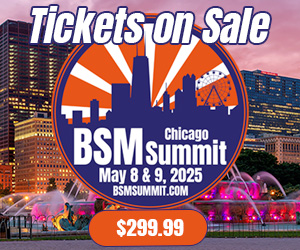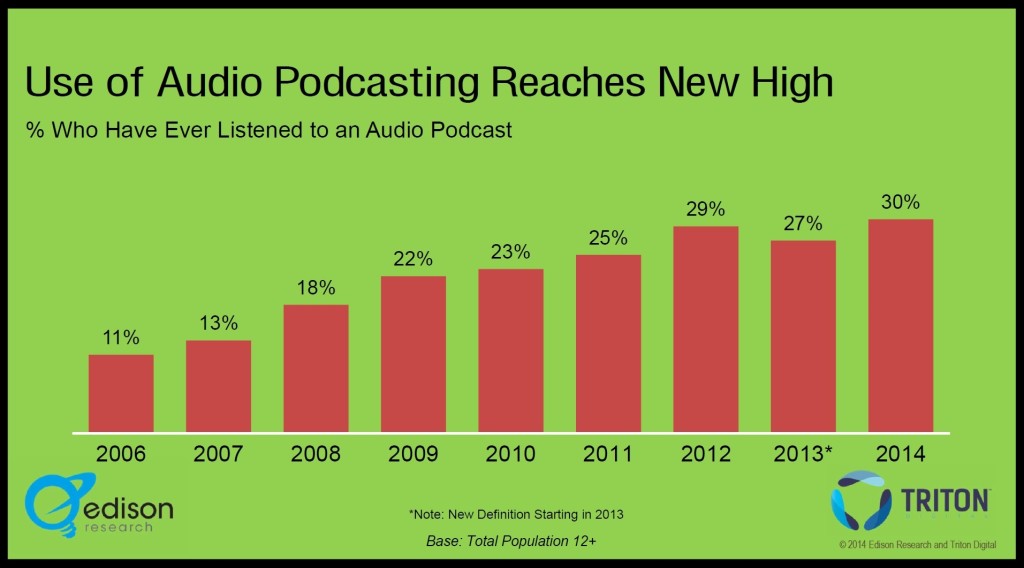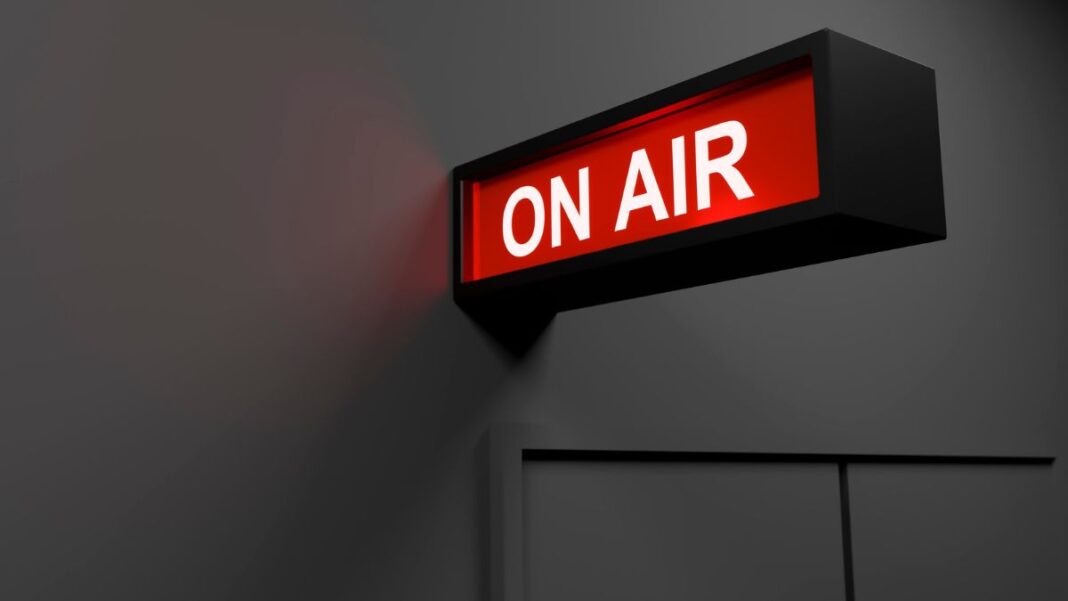Over the past two years, a rapid interest has developed in podcasting. While it’s actually been available for years, and personalities such as Bill Simmons and Adam Carolla have enjoyed great success in the space, the commitment from advertisers, broadcast companies, and personalities has grown significantly.
 One program which influenced a change in perception of podcasting was the show “Serial“. The program focused on an investigation into the 1999 murder of Hae Min Lee, an 18-year-old student in Baltimore, Maryland. Lee’s ex-boyfriend, Adnan Masud Syed was arrested and charged with first-degree murder, but his first trial ended in a mistrial. After a six-week second trial, Syed was found guilty of Lee’s murder and given a life sentence, despite pleading his innocence.
One program which influenced a change in perception of podcasting was the show “Serial“. The program focused on an investigation into the 1999 murder of Hae Min Lee, an 18-year-old student in Baltimore, Maryland. Lee’s ex-boyfriend, Adnan Masud Syed was arrested and charged with first-degree murder, but his first trial ended in a mistrial. After a six-week second trial, Syed was found guilty of Lee’s murder and given a life sentence, despite pleading his innocence.
In February 2015, three weeks after the end of Serial’s first season, the Maryland Court of Special Appeals filed a decision allowing Syed to appeal his conviction. The Court also announced that another three-judge panel would address the question of whether new evidence from an alibi of Syed’s, would be admitted.
The interest in the case, and the information learned on the program, pushed Serial’s season one downloads to over sixty eight million. With the rise in popularity came a large amount of mainstream media coverage, which helped the show gain an extension for two more seasons.
Although Serial made a major splash, it isn’t the only program to experience massive success in the podcasting world. Other popular personalities like Joe Rogan, the Sklar Brothers, Shaquille O’Neal, and pro wrestlers “Stone Cold” Steve Austin and Chris Jericho, have taken their talents to the podcasting arena too, and gained strong followings.
Comedian Marc Maron is another personality who delivers a strong audience. To date, his podcast has been downloaded more than one hundred million times. It was also the first podcast to welcome the President of the United States Barack Obama as a guest.
 Recently, CBS Money Watch said advertising on podcasts had grown to the tune of thirty four million dollars annually. PodcastOne Chairman Norm Pattiz (who’s company sells ad time for Carolla’s show), believes its closer to fifty million. He said “If it were $34 million, we’d be way over 50 percent of the business, and I don’t believe that we are“.
Recently, CBS Money Watch said advertising on podcasts had grown to the tune of thirty four million dollars annually. PodcastOne Chairman Norm Pattiz (who’s company sells ad time for Carolla’s show), believes its closer to fifty million. He said “If it were $34 million, we’d be way over 50 percent of the business, and I don’t believe that we are“.
With advertiser interest growing, more personalities wanting in, and audiences displaying a heavier appetite for the content, is there a stark difference between podcasting and radio? Sometimes in our industry we latch on to new things, or reimage old ones to become excited again, but in this case, I do believe there are some big differences.
In the past week alone, I consumed fourteen different podcasts to gain a sense of what each program’s recipe was for serving their audience. What I found was that each program was different, and that alone fueled my desire to learn more about the platform’s approach.
The programs I listened to were:
- The Big Podcast with Shaq and John Kincade
- The Adam Carolla Show
- The Stinkin Truth with Mark Schlereth
- Talk Is Jericho
- The Tony Bruno Show
- The Ross Report
- The Bill Simmons Podcast
- The SI Media Podcast with Richard Deitsch
- Sklarboro Country
- Bernie and Randy
- Franco and Kags
- Dennis and Callahan’s Breaking Balls Podcast
- Radio Stuff with Larry Gifford
- The Podcast About Sports Radio with Zach McCrite
In comparison to radio, there were a number of similarities, but there also were some major differences. I put a chart together to outline some of those items.
| SUBJECT | SPORTS RADIO | SPORTS PODCASTS |
| CONTENT & FORMULA | Follows a Clock & Format | Free Flowing & No Rules |
| SHOW LENGTHS | 2-4 Hours | 30-90 Minutes |
| DISTRIBUTION | Everyday | 1-2x per week |
| ORIGINAL PROGRAMS | Set Lineups M-F | Tons of Variety |
| SPORTS UPDATES | 2-3X Per Hour | Rarely any |
| COMMERCIAL BREAKS | 3-4 Per Hour | Rarely any |
| COMMERCIAL TIME | 12-20 Minutes Per Hour | Rarely any |
| LIVE READS/MENTIONS | Avg. of 2-3X Per Hour | Avg. of 2-3X per episode |
| REVENUE UPSIDE | High/Lots of opportunities | Low/Limited opportunities |
| SUCCESS MEASURED | Nielsen Ratings | Total downloads/Time Spent Per Episode |
If you’re an audio listener, and you spend two hours, one with a radio program, and the other with a podcast, you’ll receive much more content from a podcast. Commercials are not part of the strategy, and because they don’t consistently interrupt the flow of the shows, it’s a major benefit for the audience.
Some other positives include the show lengths which are usually 30-60 minutes. Most commuters can consume an entire show during a drive to or from work. There’s no feeling of “I’m going to miss out“. It’s more in line with television’s approach to programming. Those who listen to a podcast, are likely to listen to others too.
 The opportunity to listen to long segments, unfiltered discussions, and gain a peek behind the curtain are other reasons to listen. This allows the talent to be comfortable and authentic. For example, when I listened to Adam Carolla, he got into some very explicit discussions on sex. If the same show had aired on terrestrial radio, Adam either would’ve avoided the subject or presented a PG/R rated version. If he said what he did on his podcast, he would have been suspended or fired, and his employer would’ve been subject to an FCC fine.
The opportunity to listen to long segments, unfiltered discussions, and gain a peek behind the curtain are other reasons to listen. This allows the talent to be comfortable and authentic. For example, when I listened to Adam Carolla, he got into some very explicit discussions on sex. If the same show had aired on terrestrial radio, Adam either would’ve avoided the subject or presented a PG/R rated version. If he said what he did on his podcast, he would have been suspended or fired, and his employer would’ve been subject to an FCC fine.
What I really enjoyed hearing was how loose most of the personalities were, and how unscripted the programming was. In certain cases I heard shows welcome guests who I’m positive would’ve been declined on local radio stations because they didn’t play into the strategy of delivering ratings. Certain interviews also provided interesting nuggets of information because the discussions were allowed to materialize, and weren’t trying to fit inside an allotted amount of segment time.
There were three great examples of this that jumped out to me.
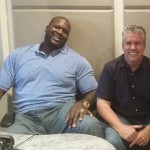 First, John Kincade and Shaq had a conversation with Kobe Bryant that was as good as gold. If you haven’t heard it, do yourself a favor and check it out. It was fascinating because Shaq and Kobe were able to relax, and reminisce without it feeling like they were under the microscope, and John had a great sense of when to get involved and when to sit out.
First, John Kincade and Shaq had a conversation with Kobe Bryant that was as good as gold. If you haven’t heard it, do yourself a favor and check it out. It was fascinating because Shaq and Kobe were able to relax, and reminisce without it feeling like they were under the microscope, and John had a great sense of when to get involved and when to sit out.
Because the environment was soothing for Shaq and Kobe, the interview entered areas that I don’t believe it would’ve had it taken place on a local radio station. If you have the time to listen, it’s worth it. Make sure also to listen after the interview to the conversation between John and Shaq about “Deez Nuts“. It’s very entertaining.
The second piece to produce a similar result was Richard Deitsch’s podcast with WWE personality Paul Heyman. There was no time limit on the discussion which kept it from feeling rushed, and because Richard does his homework, he’s able to get into certain areas with his guests, and pull things out of them that a listener can appreciate. Hearing Paul discuss how he prepares for his next promo on Raw, why he connects with eloquent people, and how he feels about professional wrestling gaining more mainstream media coverage was very insightful.
The last example I want to highlight was from Larry Gifford’s Radio Stuff podcast. His subject was the rise and fall of Cumulus Media, and he utilized a lot of audio clips in it to help him tell an interesting story. What jumped out the most though was his conversation with Tom Leykis. When I heard Tom say “Cumulus is one of the prime murderers of the broadcasting business” I was intrigued.
Tom then shared his personal account of how Cumulus treated him during negotiations, and how their approach pushed him away from returning to the radio business. While I wasn’t privy to his situation, and am sure there’s another side to it, I felt like I was in the room because of the way he presented it. It was a riveting piece of audio, and one that I don’t believe I’d hear on a local radio show.
While each of those examples above highlights the many benefits being provided by podcasts, I also discovered some negatives.
First, nothing is more aggravating as a content consumer than clicking on a button to hear a show, and then having to wait two minutes for the personality to start the program. This happens because the hosts are reading ads right out of the gate. While I understand the challenge of generating revenue on these programs, this will become a bigger issue for advertisers in the future.
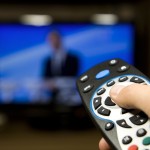 The biggest reason is because every time a program starts with a talent reading a sponsor message, I fast forward past it. One of the great tools of digital listening, is that you have more control over the way you consume it. When you’re in the car, you either endure commercials, and sponsor mentions, or you change the channel, and hope to return to the station, and not miss anything important. When you’re at your computer or listening on your phone, you can skip to the good stuff, and eliminate the bad.
The biggest reason is because every time a program starts with a talent reading a sponsor message, I fast forward past it. One of the great tools of digital listening, is that you have more control over the way you consume it. When you’re in the car, you either endure commercials, and sponsor mentions, or you change the channel, and hope to return to the station, and not miss anything important. When you’re at your computer or listening on your phone, you can skip to the good stuff, and eliminate the bad.
It’s very similar in my opinion to the DVR. If you record a television show and watch it back, you’re more likely to skip past the commercials than sit through them. The same holds true when listening to a podcast. I’m sure advertisers would rather not hear that.
Sticking with business, I did find my recall of advertisers was higher with podcasting than with radio. On podcasts, sponsors are woven into the programming during select times, and because the interruptions are fewer, and shorter, I sat through them, and remembered them.
There’s also a positive vibe you feel towards the client because they’ve invested in a unique show that you listen to. You want to reward them for that association. I also heard many hosts supporting their clients, and providing good strong personalized reads, rather than breezing past them as we often hear on radio shows.
If I can keep my critical cap on for a moment, I’ll add that because the programming is often recorded, and not touching on LIVE events, there is less of a feeling of urgency to consume it. If listeners don’t check back often, and traffic decreases, that could hurt revenue.
Another challenge that can’t be ignored is that podcasts offer less programming than local radio shows. Top flight personalities on radio provide fifteen to twenty hours of content per week, while podcasts deliver one to two hours. If you’re in the advertising world, that means less opportunity on podcasts, and more opportunity on radio.
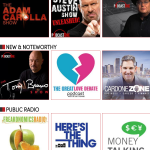 There was one one other tidbit I picked up on that I felt was worth a mention. It applies to the difference in the way the podcasts are presented. Certain talents like Deitsch, the Sklar Brothers, Jericho, Austin, and Simmons, present their shows differently than Bruno, Gifford, McCrite, and Bernie and Randy.
There was one one other tidbit I picked up on that I felt was worth a mention. It applies to the difference in the way the podcasts are presented. Certain talents like Deitsch, the Sklar Brothers, Jericho, Austin, and Simmons, present their shows differently than Bruno, Gifford, McCrite, and Bernie and Randy.
This stems from some podcasters being radio personalities who are used to delivering content a certain way, and others more focused on talking, and less worried about structure and presentation. I can list the pros and cons for each approach, but the one you’ll gravitate towards is the one that appeals to your personal tastes.
For those personalities I listened to who are working for local radio stations, I appreciate them providing something different on their podcasts than what they treat listeners to over the airwaves. That’s very important.
For example, in the case of Bernie and Randy, they don’t do a daily radio show together. Both men are popular to St. Louis sports fans, and occupy drive time slots on 101 ESPN, and by creating the podcast, it brings them together once per week. This helps the station offer a unique program on its digital platform, which gives listeners an extra incentive to visit.
If there’s one piece of advice I can pass along to those who partake in creating podcasts, make sure you’re providing a different experience online than the one you present on-air. Taking your radio program, posting it online, and calling it a podcast is not accurate. Promoting that the show is available on-demand on the website is fine, but podcasts are different. Based on these numbers from Triton, you can see why it’s important to be in this space, and offer original programming.
Earlier in this column I asked if there was a big difference between podcasting and radio, and in my opinion it’s a complicated answer. From the content standpoint, there’s little difference. It’s still programming built around people sharing opinions, stories, and parts of their lives that make them interesting. The format may be different, but it’s still an audio broadcast.
Where things change is when you analyze the business, and content creation strategies. Are personalities providing too much content on radio by broadcasting fifteen to twenty hours per week? If the average listener in a top 5 market consumes thirty to forty minutes per day, does the additional time matter?
How much of that programming time is spent on creating memorable content versus filling air time with calls, and serviceable material? With attention spans shrinking daily, I wonder if we’ll see a shift towards short-focused programming, and a reduction in long-form content.
As far as business is concerned, if commercials aren’t included, and sponsor reads are limited, then how much more money can the platform generate? Downloads, and time spent listening may increase, and that will help the narrative when requesting higher premiums, but there’s still a lack of inventory, and not enough regular programming. Unless that changes, or listeners start paying to consume the content, I struggle to see how the revenue gains will be significant.
If you’re a listener, that’s not your issue. You should love what’s happening with podcasting. You get to enjoy a lot of great talent, content without disruptions, and insight into situations that don’t have a chance to materialize often on local radio. You can also consume it faster which leaves you time for other things that are important in your daily life, and because the programming is offered weekly or bi-weekly, you typically are treated to something good.
As you can see on the image above, younger audiences are growing up listening this way. If this becomes the future of audio delivery, then media companies better start figuring out how to monetize it better.
From where I sit, I believe podcasting provides enormous opportunity. CBS and Hubbard Radio have already entered the fray by making sizeable investments, and I expect other groups to follow suit in the future.
The only thing debatable in my mind is whether or not the platform can tip the scale for broadcast companies, and become the additional revenue stream they need to pull themselves out of the abyss they’ve been stuck in for the past decade.
Is this a fifty million dollar business that will experience slight economic growth? Or is it a model that’s representative of the future, and will deliver ten to fifteen times it’s current number? That’s radio’s problem to solve, not the audience’s. They’re doing their part by showing up and supporting it.
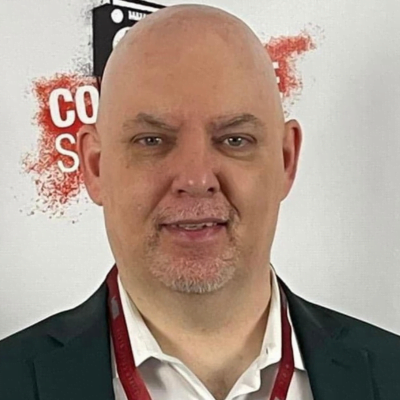
Jason Barrett is the President and Founder of Barrett Media since the company was created in September 2015. Prior to its arrival, JB served as a sports radio programmer, launching brands such as 95.7 The Game in San Francisco, and 101 ESPN in St. Louis. He also spent time programming SportsTalk 950 in Philadelphia, 590 The Fan KFNS in St. Louis, and ESPN 1340/1390 in Poughkeepsie, NY. Jason also worked on-air and behind the scenes in local radio at 101.5 WPDH, WTBQ 1110AM, and WPYX 106.5. He also spent two years on the national stage, producing radio shows for ESPN Radio in Bristol, CT. Among them included the Dan Patrick Show, and GameNight.
You can find JB on Twitter @SportsRadioPD. He’s also reachable by email at Jason@BarrettMedia.com.




